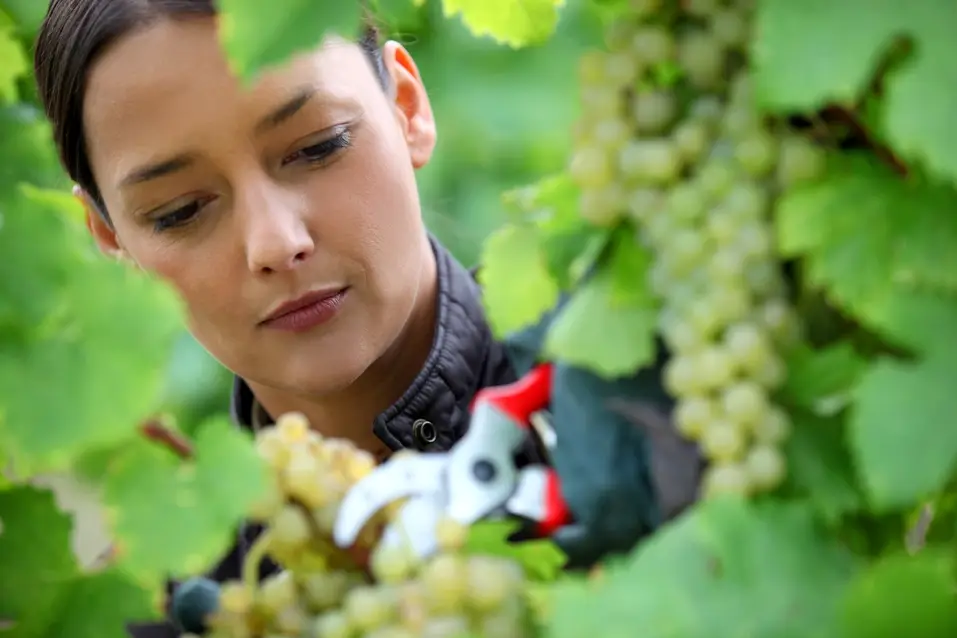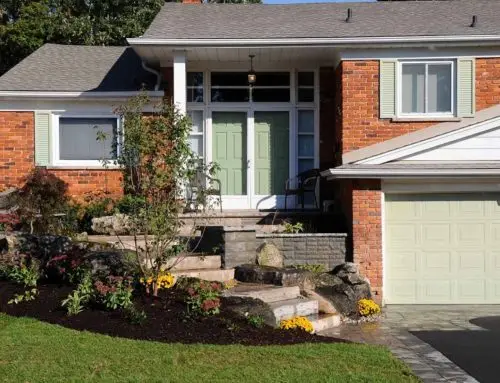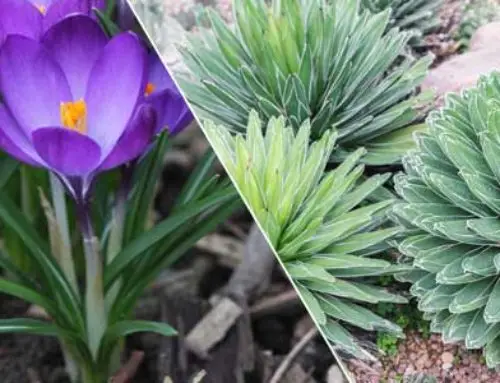As the fall comes rolling in, homeowners start the chore of cleaning up their property. They crave getting outside to prepare their gardens and landscape for the upcoming winter and part of their routine is to prune shrubs, trees and plants. Before you ask yourself “Should I prune in the fall” and start hacking away at those bushes, learn a few lessons about pruning in fall that will help you avoid mistakes on your landscape.
According to gardening expert Mike McGrath, author of Mike McGrath’s Book of Compost, and radio host of the show You Bet Your Garden, the rule of pruning is that you should NOT prune in fall. That’s right, nothing and no exceptions.
Why Fall is Not Prime Time for Pruning
Any gardening expert will tell you, (contrary to what you may believe) that pruning encourages new growth just when the plant is trying to go dormant and new growth doesn’t have enough time to harden before the first frost and freezing temperatures hit. Pruning at this time of year will severely weaken the plants.
This is disastrous for the plants and all the hard work you did during the year to make your landscape beautiful. If you can wait until all the leaves have fallen, you will allow the trees and shrubs the ability to have better structure and strength to make it through the winter to next spring without any damage. So, put your pruners away for another month or two and let plants go completely dormant. Once the dormancy has settled in, you can prune trees and shrubs after all the leaves have dropped. Pruning during the right time of year for overgrown flowering shrubs or fruit trees will help the plants produce more flowers and fruit when spring rolls around again.
Weather Conditions
It should also be noted that pruning is not advised if it is damp or wet outside. You will run the risk of spreading a lot of diseases in addition to the damp weather encouraging microbes to grow at a considerably faster rate. This growth will wreak havoc on the pruning that you just completed. An ideal condition is a dry, sunny situation where the cut is clean and the wound can heal correctly.
Pruning Exceptions
Any major pruning that you might be considering should be done in late winter-early spring when the wound will heal faster. However, there is one exception to the rule of thumb on pruning during the fall. You can prune any dead, diseased and damaged wood including anything on the property, (like a big branch over the roof) that might be hazardous to you or your home.
What You Can Do Now
What you can and should do is focus your attention on raking up the leaves (don’t leave them on the lawn), mulching and topping up the gardens so that they have a protective bed during the winter months. You can also consider amending the soils so that it is in tip-top shape come spring. Additionally, spring bloomers can be pruned after they have finished flowering.
Technique
The benefit of pruning is that it allows more sunlight and air to filter through the trees and shrubs, so it’s important to focus first on removing dead or dying branches by cutting between the diseased spot and the main body of the plant. You should also prune when branches are rubbing or crossing each other, cutting the smaller of the two off. Taking off low hanging branches that interfere with foot traffic or lawnmowers is perfectly acceptable as with any branch that might be growing vertically. Always try to cut back to the main stem or body of the plant.
Healthy Circle
What goes around comes around once again and pruning properly during the correct time of year will produce a healthier and more robust plant for the next season. So set your sights on pruning when it’s appropriate and avoid the pitfall of pruning in the fall for a more beautiful landscape next spring.
For further help with pruning your plants, contact our Burlington Landscaping Company today! Evergreen Landscapes serves the Burlington, Oakville, Milton and Hamilton area.





